6. Super Size Me (2004)
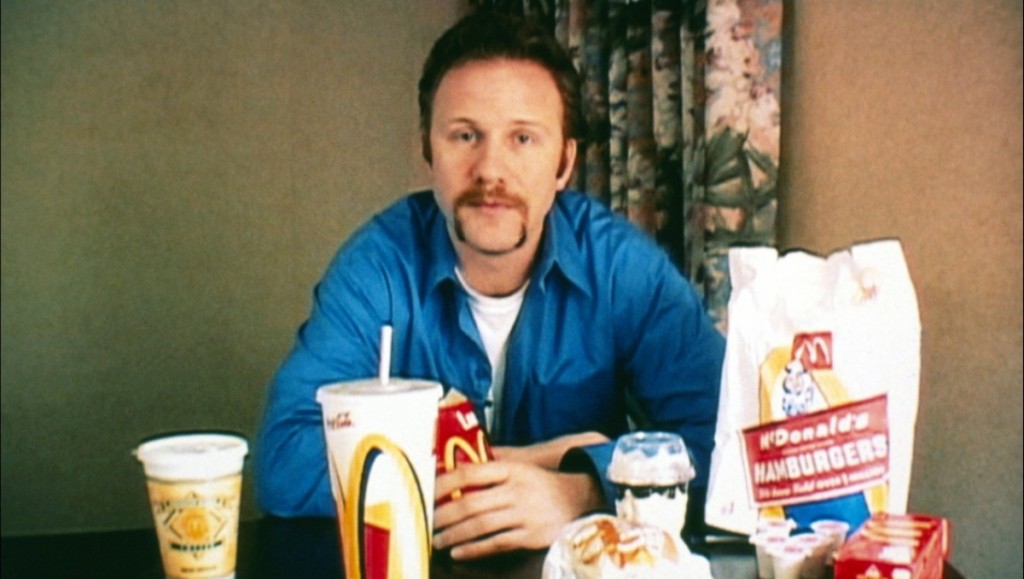
With just a $65,000 budget, first time filmmaker Morgan Spurlock managed to strike a blow against one of the largest and most recognisable corporations in the world.
Spurlock decides to conduct an experiment by living on a McDonalds only diet for 30 days. The rules were simple: he would eat only McDonalds for each meal, he had to eat everything on the menu at least once and, most famously, he would super size his meal if offered. Spurlock was in good shape prior to the experiment, various doctors described him as healthy and he maintained a healthy vegan diet thanks to his girlfriend.
Within days of starting the experiment, Spurlock’s health rapidly deteriorates. He quickly drops both muscle mass and body weight, develops depression and doctors told him that he was addicted and would have to stop due to heart palpitations.
While the issues of obesity and the dangers of fast food are nothing new, Spurlock humanised the dangers, putting his own body on the line. McDonalds responded promptly, suspending all super size portions and launching new ad campaigns due to the film’s success.
5. Bowling for Columbine (2002)
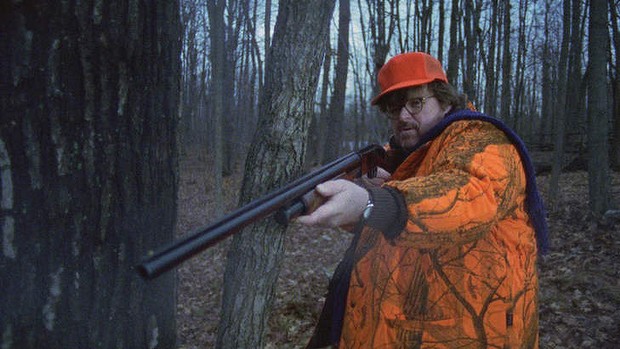
Whether you love or hate him, no one can deny Michael Moore’s impact on cinema and liberal activism. Critics have attacked him, not just for his politics, but also his less than honest work ethic. Bowling for Columbine is no exception with his visit to an elderly Charlton Heston (who was diagnosed with Alzheimer’s) drawing derision, along with revelations that the opening scene, with Moore opening up a bank account in Michigan and receiving a free rifle, was in fact heavily staged.
However, Bowling for Columbine became a signature film in the gun debate, with the film released just three years after the infamous Columbine Massacre. However, Moore tries to dig a little deeper into the problem. While he does take issue with guns, he also discusses the mentality present in the United States that other developed countries do not have. He travels to the city of Windsor in Canada, just across the river from Detroit.
Despite being opposite one of America’s most violent cities, residents not only enjoy a low crime rate but also boast about leaving their doors unlocked at night. Not satisfied with their word, Moore even goes house-to-house testing this, accidently disturbing one family and thanking them for “not shooting me”.
Bowling for Columbine is not just a critique on guns, its a critique on gun culture. Made obvious when he takes two survivors of the Columbine Massacre to the Kmart headquarters to gain a refund for the bullets still embedded in them. Sure it is a stunt, but it also affected social and corporate perception of gun culture in the United States.
4. Blackfish (2013)
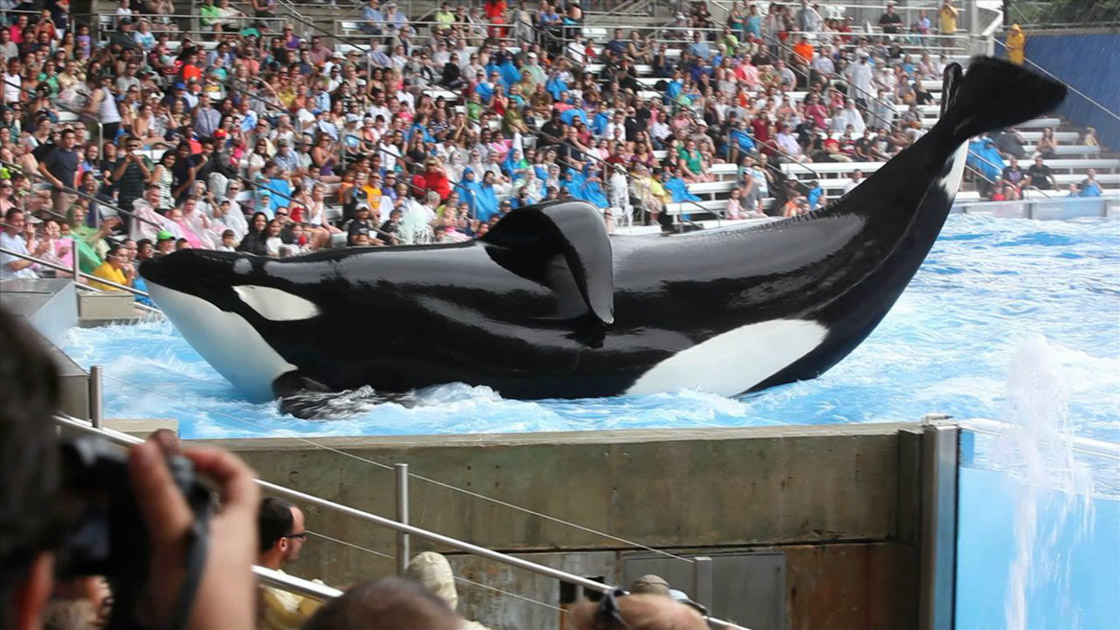
The recent death of Tilikum, the orca at the centre of Blackfish, only illustrates the power of the film and its message. Gabriela Cowperthwaite, a veteran documentary filmmaker, managed to shock audiences due to the film’s one key feature: this was a story that happened right under our noses. Millions of people have been to various marine or wildlife parks, including SeaWorld, for decades. Yet it took this film to tell us that something was terribly wrong.
On the surface, the film is the story of the death of Dawn Brancheau, a SeaWorld employee, who was killed by Tilikum during a live show. Cowperthwaite later learnt that Tilikum had been responsible for two other deaths while in captivity, making her question the official story. However, the film quickly turns into psychological drama, exploring the impact that captivity had on Tilikum and all orcas. Kept in tiny isolation tanks overnight, one expert used the word ‘psychosis’ when describing the impact it had on Tilikum.
The film not only presents fact and expert opinions, but also tugs at the heart. Try and keep a dry eye at the sight of a mother orca crying in the corner of a tank after her baby is taken away from her. Images like these are what led to an outcry from the public. Despite SeaWorlds claims of inaccuracies, people stopped going.
Within two years, profits had dropped by over 80%. Celebrities boycotted the park and politicians introduced legislation, all due to the film. Blackfish even influenced other films. Jurassic World director Colin Trevorrow based the Idominous Rex’s behaviour on Tilikim and Pixar filmmakers consulted Cowperthwaite over their depiction of a marine park in Finding Dory. By 2016, SeaWorld had not only ended all their live shows but also ceased breeding programs.
3. Harlan County, USA (1976)
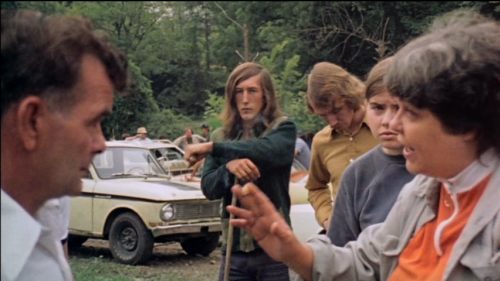
Director Barbara Kopple travelled down to Harlan County, Kentucky in the early 1970s to cover a miner’s strike that had broken out. Little did she know that her presence would not only document the little known union battle but it potentially saved lives.
Kopple’s initial purpose, however, was to travel to Harlan County to document the battle between the miners and corrupt union boss Tony Boyle. In 1969, Boyle had union representative Joseph Yablonski and his family murdered after the later challenged Boyle to union leadership. However, despite the corruption remaining a key point of the film, Kopple decided to focus on the impending strike.
Negotiations eventually broke down between miners and the company over safer working conditions, workers rights, wages and the right to strike eventually launching the strike in June 1972. However, the company had no intention of caving in. They quickly brought in replacement workers (nicknamed scabs) and even brought in strike breakers, some armed with rifles, and attacked the workers as well as members of Kopple’s crew.
Within a year of the strike, one miner was shot and killed during a scuffle. The subsequent fallout resulted in an agreement between the company and the strikers. While the film was released several years after the strike concluded, the film crew’s presence during the strike was credited with saving lives. Despite being armed, the strike breakers were hesitant to use their rifles. According to several miners, this was due to the presence of Kopple and her team. By simply being present, the filmmakers were able to have an impact and prevent excessive violence.
2. Titicut Follies (1967)
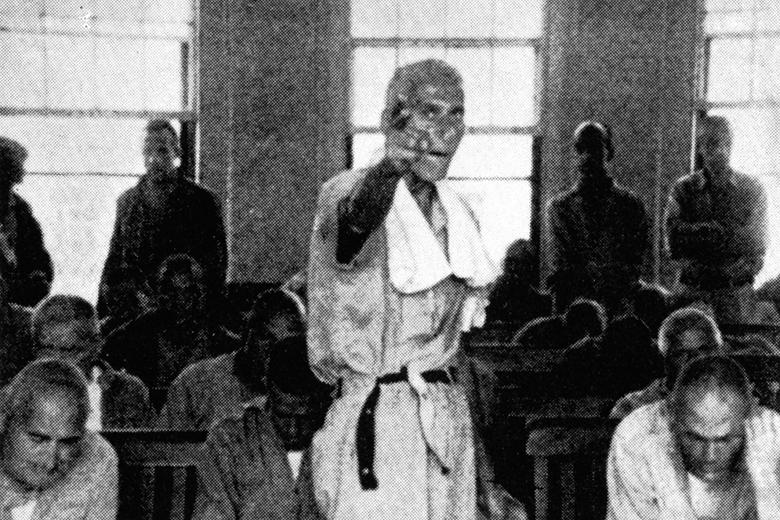
Highly controversial upon its release, Titicutt Follies not only shocked audiences with its expose on the treatment of patients at Bridgewater State Hospital, but also ignited arguments over freedom of speech and right to privacy.
Former lawyer turned filmmaker Frederick Wiseman teamed up with cinematographer John Marshall, spending nearly a month inside the institution located in Massachusetts. Both Wiseman and Marshall had the permission of the hospital’s superintendent to document what they saw in the hospital.
What they found was a hospital that had practically abandoned its duty of care to its patients. Cases of poor living standards, bullying by staff, force feeding and patients stripped naked were rife, exposing a system that had abandoned some of the most vulnerable members of society.
However, the real controversy started right before the film was released.
Prior to its premier at the New York Film Festival, the state of Massachusetts slapped the film with an injunction before the state courts ordered the films copies recalled and destroyed. This was the first time in US history that a film was banned for privacy issues. Wiseman fought back, even arguing in front of the Supreme Court, but the film would not be released for several decades. Eventually a judge lifted the banning, citing the importance of the First Amendment, even over the right to privacy, an issue that is still relevant in filmmaking.
1. The Thin Blue Line (1988)
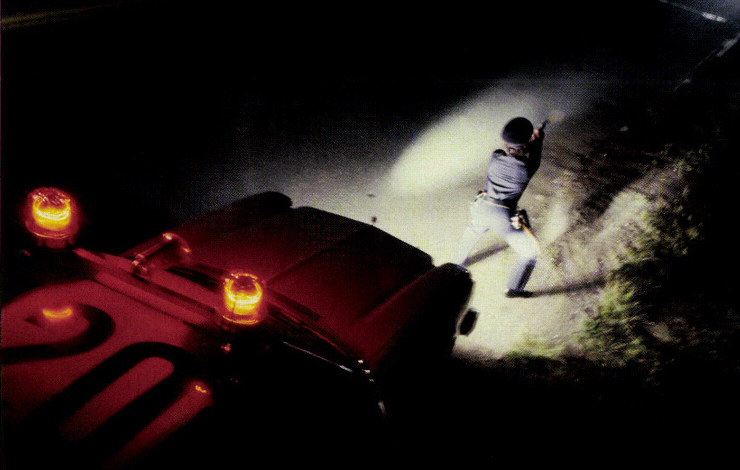
Before Netflix’s Making a Murderer and HBO’s The Jinx turned thousands of fans into hobby sleuths, The Thin Blue Line showed audiences the true power of documentary filmmaking and how it saved the life of an innocent man.
In 1976, Dallas police officer Robert Wood was shot and killed during a routine traffic stop. Police eventually found the car and arrested the thief, 16 year old David Ray Harris, who accused 28 year old Randall Adams of the crime. Adams claimed he was a hitchhiker whose car had broken down and had no idea that Harris had stolen his car or had a gun in his possession.
Despite overwhelming evidence that Harris was the killer, prosecutors went after Adams as Harris was a minor and could not receive the death penalty. Adams’ sentence was commuted to life in prison and he spent 12 years behind bars before Errol Morris heard of the case.
Morris was originally investigating Dr James Grigson, the psychiatrist whose testimony put hundreds of prisoners, including Adams, on death row. Instead, he focused on one case and quickly pulled apart the prosecutors case, showing probable witness perjury and unethical practices by the prosecutors and Grigson. Without The Thin Blue Line, Adams would have most likely died in prison.
While the film is best remembered as one of the most revered documentaries in history and the way it blended factual footage with a postmodern style creating a documentary that explored philosophical themes of truth and justice, it still saved the life of an innocent man.